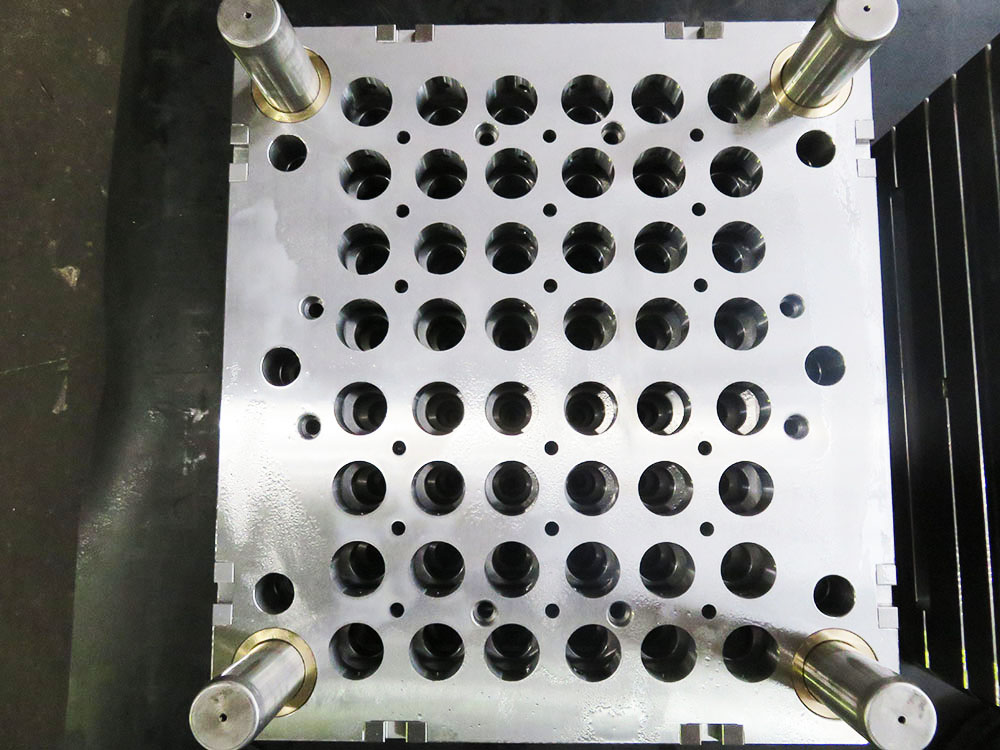Price of Modelling Woodwork: Inquire about the cost
Modelling woodwork is an integral part of the Mold Base industry, providing precision and accuracy to the final product. However, one of the primary concerns for customers and businesses alike is the cost associated with these woodwork models. In this article, we will explore the various factors that determine the price of modelling woodwork in the Mold Base industry.
1. Complexity and Design
The complexity and design of the woodwork model play a crucial role in determining its price. Intricate and complex designs require higher skill levels, more time, and advanced machinery, resulting in higher costs. Additionally, the type of wood used in the model can also impact the pricing, with certain exotic or rare wood varieties being more expensive.
Moreover, the overall size and dimensions of the woodwork model contribute to its complexity and design. Larger models may require more material, intricate joinery, and long production times, which will reflect in the final cost.
2. Material and Finishes
The choice of material and finishes significantly influences the price of modelling woodwork. Woodwork can be crafted using various types of wood such as oak, walnut, mahogany, or cherry, each with its own price point. Additionally, the quality and grade of the chosen wood, such as first-class or second-class, impact the overall cost.
Furthermore, the finishes applied to the woodwork, such as varnish, paint, or stain, can also contribute to the final price. High-quality finishes require additional labor and materials, adding to the overall cost of the woodwork model.
3. Labor and Skill Level
The labor and skill level involved in creating the woodwork model are crucial factors when determining its price. Skilled artisans and craftsmen command higher wages than those with lesser experience. The level of precision and attention to detail required for modelling woodwork also affects the pricing, as it can lead to longer production times.
Moreover, specialized techniques such as carving, inlay work, or marquetry demand a higher skill level, resulting in increased costs. The use of advanced machinery and tools by skilled professionals also adds to the overall expenses.
4. Quantity and Customization
The quantity of modelling woodwork required can affect the pricing. Bulk orders often result in discounts or reduced pricing per unit, as the cost of materials and setup can be spread over multiple pieces. Conversely, custom-made woodwork models, tailored to specific requirements, may have higher costs due to the additional time and effort required for customization.
5. Market Factors
The prevailing market conditions and competition within the Mold Base industry can impact the pricing of modelling woodwork. Factors such as demand and supply, pricing strategies of competitors, and economic fluctuations can influence the overall price structure.
Furthermore, additional services such as packaging, transportation, or installation may be offered by some businesses, which can affect the final cost of the woodwork model.
Conclusion
The price of modelling woodwork in the Mold Base industry depends on several factors, including complexity and design, material and finishes, labor and skill level, quantity and customization, and market factors. Understanding these aspects can help customers and businesses make informed decisions and negotiate fair pricing for the desired woodwork models.




